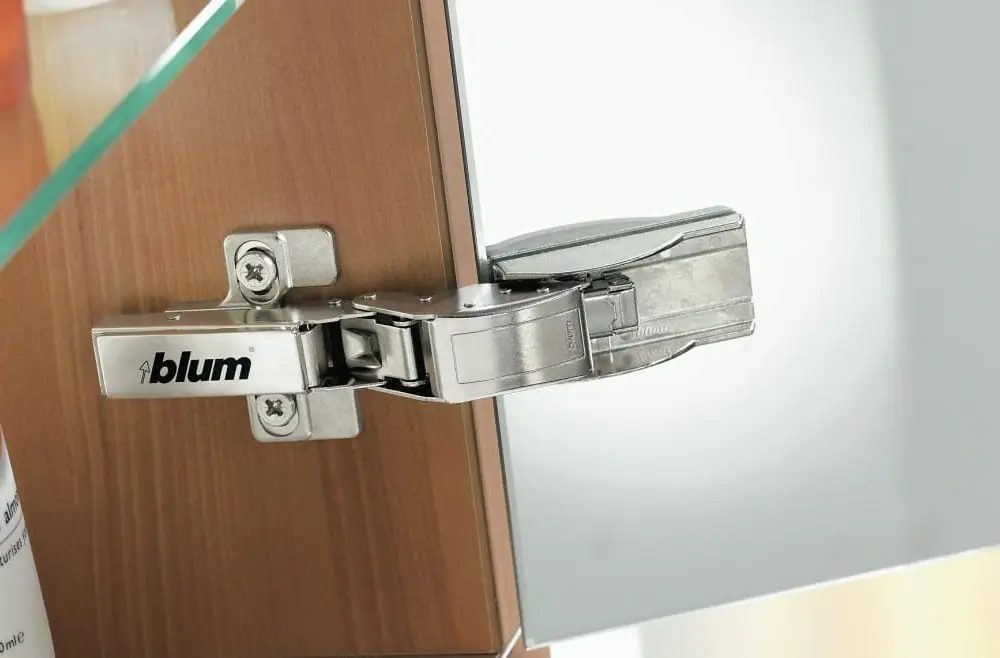Garage door sensors are important for safety and keeping your garage door system working well. These small devices help avoid accidents by stopping the door if something is in the way. It’s important to know how to fix common problems like misalignment, dirt, and faulty wiring to keep your safety sensors working.
If your garage door sensors not working or the LED lights are blinking, these tips can help. Homeowners often face the issue of garage door sensors not working, but many of these problems can be solved with basic troubleshooting.
Fixing these issues on your own can help restore the garage door system without needing costly repairs. This keeps your property safe and trouble-free.
Key Takeaways
- Garage door sensors are a critical safety feature required by law since 1993 to reduce accidents.
- Misaligned sensors, dirt buildup, wiring damage, and sunlight interference are common problems affecting sensor functionality.
- Simple troubleshooting steps like alignment adjustments, cleaning sensor lenses, and inspecting wiring can often resolve issues.
- Disabling sensors temporarily is possible, but it removes safety features, emphasizing the need for prompt repairs.
- Proper maintenance, including regular cleaning and inspections, can extend the lifespan of garage door sensors significantly.
Understanding Common Issues with Garage Door Sensors Not Working
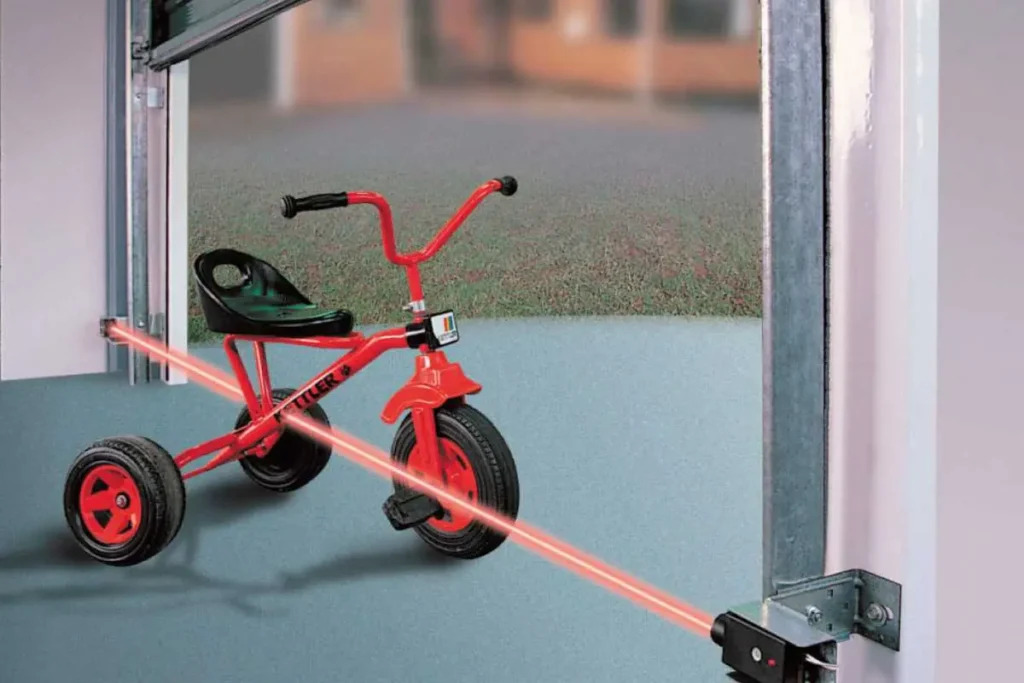
Garage door sensors are made for safety, but they can sometimes have problems. Misalignment is a common issue. A small bump from moving things or even the vibration of the garage door can throw the sensors off. This can stop the light beam from working. You may see blinking sensor lights or find that your garage door won’t close when this happens.
Dirt and moisture are also big enemies for sensor lenses. Since they are low to the ground, they can collect dust, debris, or water from sprinklers. Other problems can come from obstructions in the beam, loose wiring, or even direct sunlight. If you notice blinking or dim LED lights, it can help you figure out what the problem is. This way, you can keep your garage door system working well and keep your home safe.
1. Misaligned Sensors: A Frequent Culprit
Misaligned sensors often cause issues in garage door systems. A blinking red light on the receiving sensor indicates the light beam isn’t hitting its target, usually due to vibrations or bumps.
To resolve this, check the sensor light: a steady green light on one and a red light on the other means they’re aligned. If you see a flashing red light, gently adjust the sensors by loosening the wing nuts until the lenses align.
Sunlight can also interfere with alignment at certain times. Using cardboard to block sunlight may help, but ensure it doesn’t obstruct the light beam. Keeping sensors aligned is essential for a functional and safe garage door system.
2. Dirt and Debris Interference
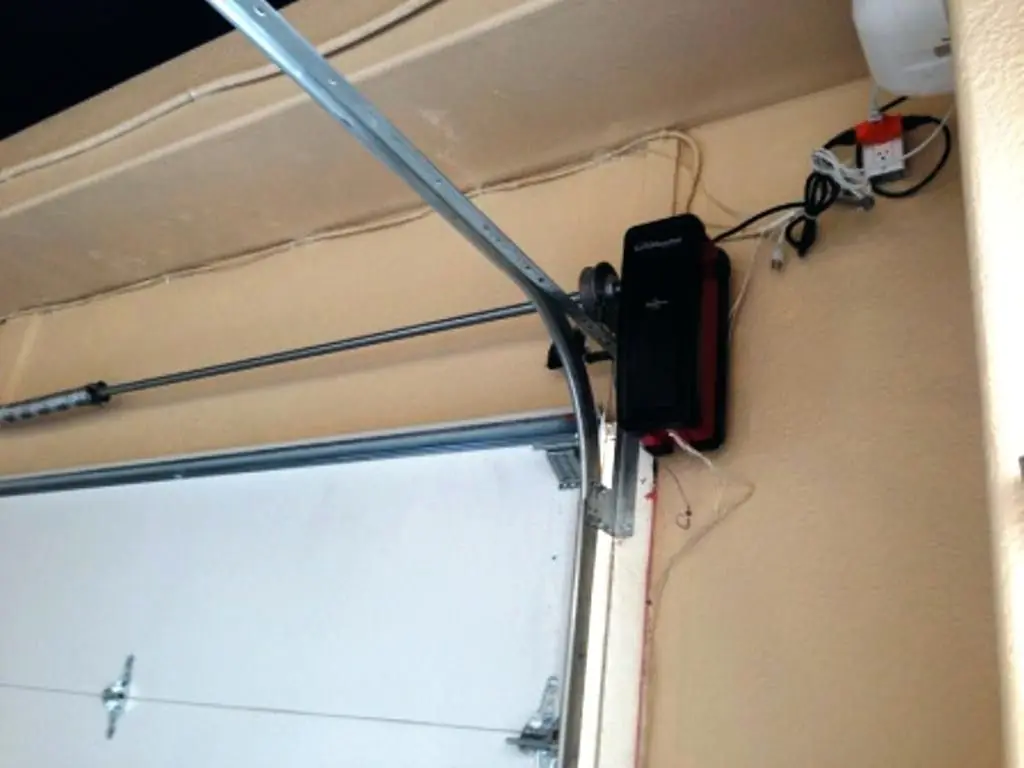
Dirt and debris can hurt how garage door sensors work. Since sensor lenses are low to the ground, they easily collect dust, cobwebs, and grime. This builds up and blocks the infrared beam needed to operate correctly. If you see a blinking light or your garage door not closing, it might mean the lenses need cleaning.
Start by using a soft, lint-free cloth to wipe the lenses gently. If moisture is causing problems, unscrew the holders and dry the lenses carefully. Be careful not to let any water get inside the sensors because that can cause them to malfunction.
Cleaning the sensors at least once a year can help reduce issues from dirt buildup. It’s smart to move sprinklers away from the garage door to stop water from getting in. Keeping your sensor lenses clean will help the garage door work well and also make the sensors last longer.
Step-by-Step Solutions to Fix Your Garage Door Sensors
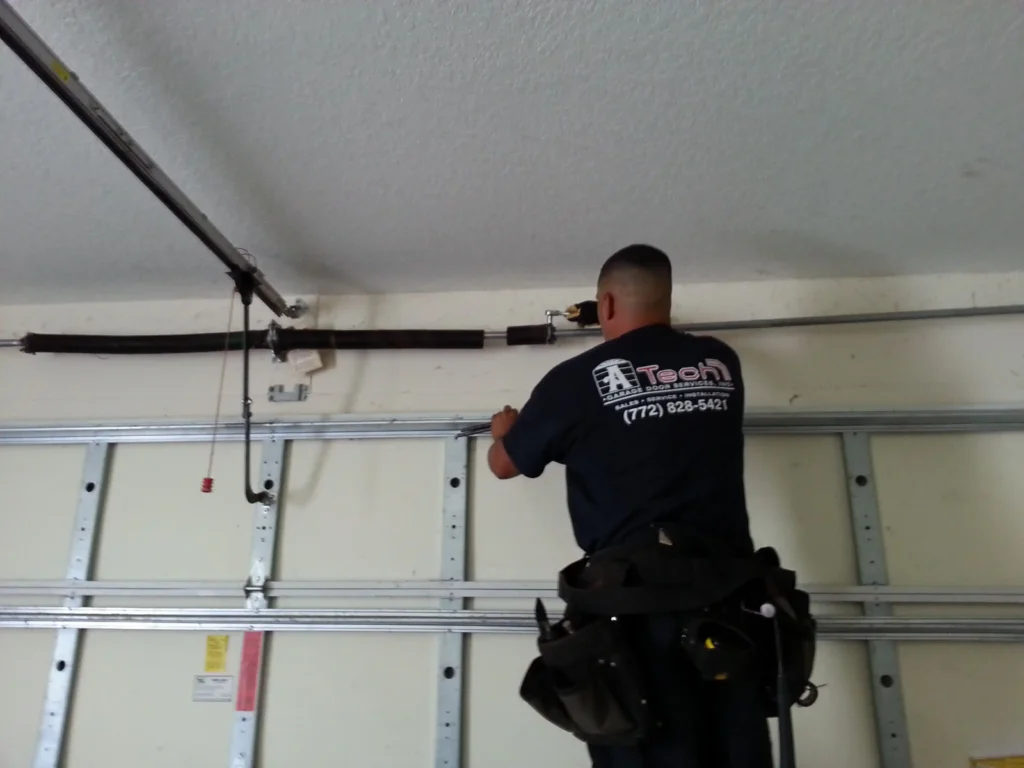
Garage door sensors are important for safety. It’s essential to know how to fix common issues. Start by checking if the sensors are aligned and cleaning the lenses. These are often easy solutions. If this does not work, check the wiring connections and look for anything that might block the sensors.
If simple solutions don’t help, try resetting the garage door opener. This can help with sensor synchronization. Whether you are realigning or checking wiring, always follow safety rules during troubleshooting. This way, you can keep your garage door system reliable and feel good about the work you do.
3. Aligning Your Garage Door Sensors Correctly
Proper alignment is very important for garage door sensors to work well. Start by checking the sensor lights. If you see steady red and green lights, it means they are aligned correctly. If the red light flashes or goes off, that likely means the sensors are out of line.
To fix this, loosen the wing nuts that hold the sensors. Carefully adjust each sensor until both lights stay steady. To make sure they are aligned, the light beam should pass freely between the sensors. If there are still issues at certain times of day, sunlight might be causing the problem.
You can use cardboard to block the sun from shining directly on the sensors, but don’t let it block the light beam. Once both lights are steady again, your garage door should close smoothly. Regularly checking the alignment helps prevent problems and keeps everything working safely and efficiently.
4. Cleaning Sensors for Optimal Performance
Cleaning sensor lenses is very important for keeping your garage door safe and working well. Dust, dirt, and cobwebs can build up on the lenses. This can block the infrared beam. When this happens, you might see blinking lights or the door won’t close.
Start by wiping the lenses gently with a soft, lint-free cloth. Avoid using rough materials that can scratch the lenses. If you find moisture inside the sensors, carefully unscrew their brackets and dry them completely.
To stop problems in the future, clean them regularly as part of your maintenance routine. Doing this once a year is a good idea. Also, moving sprinklers away from the sensors can help lower the chance of water damage. By keeping the sensor lenses clean, you make sure the garage door works smoothly and safely, plus you help them last longer.
5. Checking for Loose or Damaged Wiring
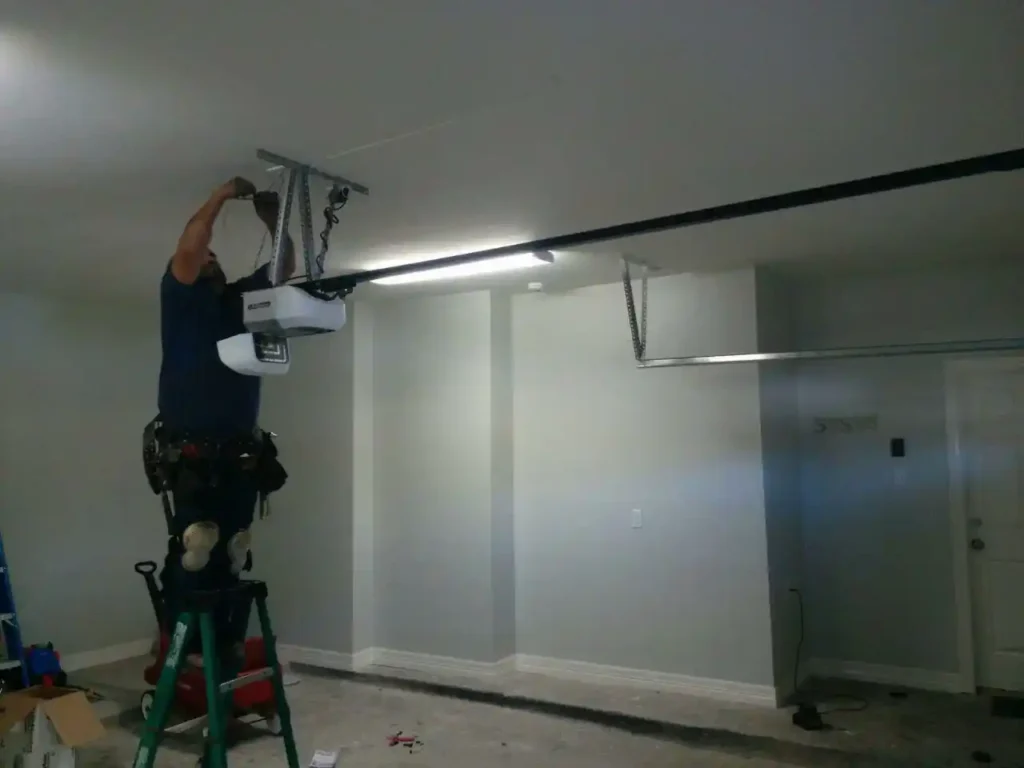
Damaged or loose wiring can cause problems with the garage door sensor. If you see flashing orange lights instead of a steady red on the sensor, it usually means there is a wiring issue. First, check the cables that connect the sensors to the opener’s terminals.
Look for tangled wires, chew marks, or corrosion. Make sure the white wires are tightly connected to the white terminal. The black-and-white striped wires should be in the grey terminal. If any wires are loose or damaged, they need to be replaced right away.
Remember to turn off the power when you work on the wires. If you feel unsure about dealing with electrical parts, it’s best to hire a professional for safety. Having a correctly wired sensor system will not only fix the garage door but also stop any inconsistency in its operation.
6. Ensuring Nothing Is Blocking the Sensor Path
Obstructions near the sensors can stop your garage door from closing properly. Safety sensors need a clear infrared beam to work well. Things like toys, tools, or trash can accidentally block this beam.
Start troubleshooting by checking the area around the sensors for any items blocking the beam. Once you clear the obstructions, make sure the sensors are firmly attached and not loose, as this could cause them to be out of alignment.
If the problem continues, think about outside factors. Sunlight or moisture might sometimes interfere with how the sensors work. Covering the sensors from sunlight with cardboard and moving sprinklers away can help. Keeping the sensor path clear means your garage door will work safely and reliably.
7. Resetting the Garage Door Opener
Resetting the garage door opener can fix many problems, like issues with safety sensors. First, unplug the unit to cut off the power supply. Then, check the sensor wiring for any damage. After a short wait, plug the opener back in.
This easy step can reset the system and solve any blinking lights. If issues continue, talk to a garage door technician to make sure that all parts, including the opener motor, are working well.
Conclusion
It is important to keep your garage door sensors working well for safety and convenience. If your garage door sensors not working, it can cause frustration and safety risks. Knowing the common problems—like misalignment, dirt blocking the sensors, and wiring issues—helps you fix these issues early.
The step-by-step solutions provided in this guide address why garage door sensors not working is such a frequent issue and how to troubleshoot them effectively. This ensures your garage door operates smoothly and safely.
Regular maintenance and awareness of potential sensor problems can save you time and help prevent costly repairs. If you have more questions or need help, feel free to ask for expert advice!
Frequently Asked Questions
1. What are the signs that my garage door sensors not working?
Malfunctioning garage door sensors usually have blinking LED lights or they might not light up at all. You may also notice the garage door reversing on its own or not closing at all. These problems often come from safety issues such as misalignment, dirt, or obstruction in the garage door system.
2. Can I realign the garage door sensors myself?
Yes, homeowners can fix garage door sensors themselves. They just need to use the wing nuts to adjust where the sensors are until both lights stay steady. DIY troubleshooting, like adjusting alignment, is safe and works well if you follow safety rules and pay attention to details.
3. How do I reset my garage door sensor?
Reset your garage door sensor by unplugging the system. Next, press the reset button near the motor. Wait for the LED lights to blink. This shows that synchronization was successful. This method helps the garage door opener work again and fixes common issues.
4. Why are my garage door sensors not working?
Garage door sensors can have problems because of issues like misalignment, dirt, moisture, or objects blocking them. Sometimes, sunlight can also cause them to fail. You should look for blinking LED lights or any obstructions. Cleaning the sensor lenses can help solve problems that affect your garage door system.
5. Should both garage sensors be green?
One sensor should light up a green LED to show that the light beam is working well. The receiving sensor usually has a steady red light. Making sure they are aligned helps meet safety standards. If there are issues, troubleshooting can fix problems like blocked signals or misaligned colored wires.
6. How do I check my garage door sensors?
You can check if your garage door sensors work right by using a multimeter to test the voltage. You can also look at the LED lights. They should stay steady. To make sure they are working, try blocking the light beam. Regular troubleshooting helps keep your home safe and ensures that these important safety sensors perform well.
7. How Do Garage Door Sensors Work?
Garage door sensors work by using an infrared light beam to find any blockages. When the safety sensors spot something in the way, the door automatically stops closing. These devices help keep your garage door system safe and protect homeowners from accidents.
8. What Do Garage Door Sensors Do?
Garage door sensors have important safety features. They can find objects that may block the door to stop it from closing. This keeps homeowners safe and helps the garage door system work better. The sensors use infrared signals to identify anything in the way. This means the door works smoothly and lowers risks.
9.What causes garage door sensors to fail in sunlight?
Garage door sensors can stop working well in bright sunlight. Direct sunlight can interfere with the sensors and cause them to give wrong readings. These sensors depend on infrared signals, and strong light can disturb these signals, making them function improperly. To reduce this issue, regular adjustments or protective steps can be useful.

